
Hands on Review: Blichmann Engineering Riptide Homebrew Pump
This review is by Homebrew Finds Contributor Brad Probert. Brad is an engineer, expert homebrewer and experienced reviewer. Grab a link to Brad’s website at the end of this review.
Updated: 5/7/2024
Hands on Review Blichmann Engineering Riptide Pump
In the world of hot wort pumps for homebrewing, there are a couple of big name players that have dominated the market for some time. There are also some new entries in this segment that offer just as good function, but at a much lower price. Blichmann came in with a completely different strategy. Rather than trying to do the same thing better, or the same thing for less money, they wanted to re-write expectations for what a homebrew pump should do. It’s like the first time you saw a BBQ grill that had lights to cook at night and a built-in bottle opener. You told yourself, “Wow, I didn’t know you could get one like that… I want one!”
As with anything Blichmann makes, the Riptide follows suit with top-notch quality and looks, and a price tag to remind you that you’re buying top of the line. In the case of this pump, they legitimately bring features that no other pump on the market has and at a price comparable to the current top of the line wort pumps (that don’t have these features). So it’s arguably reasonably priced.
Compare Models, Prices and Availability, Review Continues Below:
- Blichmann Engineering Riptide Pump at MoreBeer
- Blichmann Engineering Riptide Pump at Great Fermentations
- Blichmann Engineering Riptide Pump at Beer & Wine Hobby
- Blichmann Engineering Riptide Pump at Pro Flow Dynamics
- Search Amazon for “Blichmann Engineering Riptide Pump” – offerings vary
Note that links could potentially show Riptide Pump, Riptide Upgrade and related Riptide parts and equipment
Flow Features
The features pretty much speak for themselves with intuitive value once you hear about them. For example, it has a simple air bleed valve on the pump head. As soon as you see it, you have flashbacks to all those times you had to monkey around with turning the pump on & off and trying to manually get air locks out of your lines. The air bleed works as simply as it looks. You pull up on the pin like a keg vent, air gets forced out and the impeller gets flooded with liquid. Boom- turn it on, and you immediately get flow.
This article contains affiliate links. We may make a small percentage if you use our links to make a purchase. You won’t pay more and you’ll be supporting Homebrew Finds and more content like this. Thank you for your support!
It has a built-in linear flow valve on the output. Easy, ergonomic bumps allow you to grip the knob and dial up/down the restriction to get the flow you want out of it. By incorporating this into the pump itself, you only have to provide hoses and clamps. You don’t have to feed your hose into some kind of flow-restricting valve and figure out how to attach that valve to your kettle. And the flow rate out of the pump is quite impressive and pressure head significant to give you a lot of flexibility in where to fit it into your setup and not suffer flow/pressure problems.
Electric Features
Another simple but enormously convenient feature is the on/off switch right on the pump body. Rather than having to run across the room to unplug your pump as you hear it starting to cavitate as it sucks in air, the switch is right there. Boom- off. And as it turns out, this is extra convenient with the Riptide pump since it has an extra-long cord. Only a couple feet longer than the cord on competitor pumps, but you’ve surely experienced how outlets seem to be just out of reach whenever you’re trying to plug something in and reach your brew area.
Pump Size
Looking at the pump, at first you think it’s just grossly oversized for no good reason. But once you plug in your extra-long cord and position the pump where you want it, you suddenly realize the benefit of its size. With its weight, it stays put. No vibrating around and walking its way to and fro while in use. And the wide, sturdy base keeps it stable and prevents any chance of tipping over. It’s also amazingly quiet due to its solid structure. While not necessarily a requirement for a brewing pump, that’s a welcome aspect for those that brew indoors.
Cleaning
Once you’ve finished your brew day, the simple tri-clamp attachment that secures the pump head to the pump body is detached and easy to clean. Even if you’re not a paranoid part scrubber, the simplicity of this is impressive. Sure, someone can argue that a Philips screwdriver is a common tool and unscrewing 3 screws can’t be a deal-breaker to clean out your pump. With the tri-clamp, you don’t need to lug one more thing to your sink to clean up post-brew, you just un-clamp it and seconds later you’re rinsing crud out of the hidden corners and done. One challenge here is the teeny-tiny washer that sits between the impeller and the pump head housing. It’s about ¼ the size of a penny, and rinse that baby down the drain while cleaning, you’ll be swearing about how horrible it is that they made this pump so easy to open and clean. So be careful.
Operation With Mash and Boil and Counterflow Chiller
As for operation, I used it while doing a batch in the Brewer’s Edge Mash & Boil electric unit. It worked great for that as I used the flow valve control on the pump to dial back the flow rate to a slow/moderate rate during mashing. I used with several on/off periods while transitioning from one mash step temperature to another (I did 3 mash temperature steps + mashout). I purged the pump of air once before my initial start-up of the pump and that worked great. Overall the pump was incredibly quiet and had way more flow capacity than I needed in a small ~6 gallon batch.
I also used it to circulate through my counterflow chiller. Initially ran for about 5 minutes to sanitize things, just recirculating back into the brew unit, but flowing no cooling water. After turning on the cooling water, I recirculated for a bit before starting to transfer into my fermenter. The pump made no squeals or complaints while circulating this “immediately post boil” wort. I never circulated the wort while actually boiling, as that’s not part of my process. I figure the 210F wort is hot enough to sanitize my counterflow chiller (may or may not be a fair assumption), and I don’t want to monkey around with my brew pot during my boil period by circulating some volume in & out.
Conclusions
The RipTide pump clearly sets a new standard for your expectations of what should be on a homebrew pump. Each one of its features that are on it and not on the other pump models on the market have real, practical value that are easy to see. Start clipping coupons so you can save on groceries and redirect your extra cash towards this hefty pump. It’ll be way more satisfying than Oreos long-term, anyway!
Compare Models, Prices and Availability, More Photos Below:
- Blichmann Engineering Riptide Pump at MoreBeer
- Blichmann Engineering Riptide Pump at Great Fermentations
- Blichmann Engineering Riptide Pump at Beer & Wine Hobby
- Blichmann Engineering Riptide Pump at Pro Flow Dynamics
- Search Amazon for “Blichmann Engineering Riptide Pump” – offerings vary
Note that links could potentially show Riptide Pump, Riptide Upgrade and related Riptide parts and equipment
Want to upgrade your March or Chugger Pump?
See: Hands on Review: Blichmann Engineering Riptide Brewing Pump Upgrade Kit
More Photos
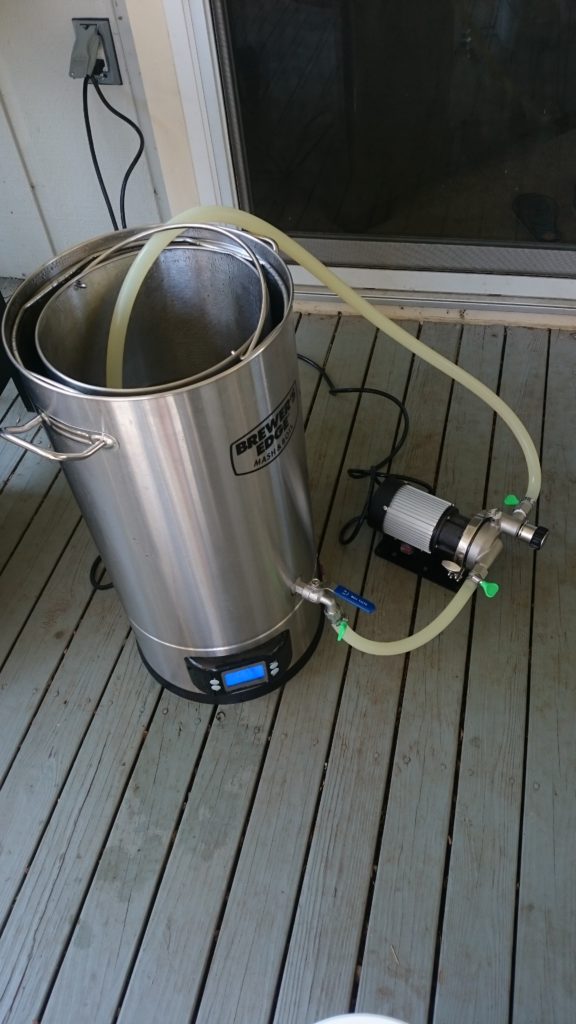 Riptide configured as a recirculating pump on the Mash & Boil System
Riptide configured as a recirculating pump on the Mash & Boil System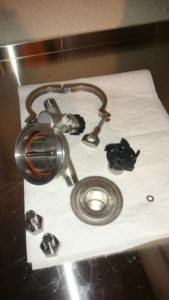 Riptide Pump Disassembled
Riptide Pump Disassembled
More Blichmann Engineering Reviews!
More Pump Reviews!
More Homebrew Finds!
- Last 50 Finds!
- Top Deals – a curated list of the best deals
- Homebrew Reviews – one of the largest libraries of homebrew reviews in existence!
- Our Top Posts – tips, how-tos, resources posts and more
- Let’s be Friends!
Recent Deals!
10 Most Recent Homebrew Resource Posts & How-To’s!
We are Homebrew Review HQ! Our 10 Most Recent Reviews
pinnedThis post may contain affiliate links. We may make a commission when you use our links. This will never cost you extra. Thank you for supporting Homebrew Finds!
greatdealsBy Brad Probert. Check out Brad’s website – beersnobby.com
Special Thanks to Blichmann Engineering for providing the unit used for evaluation in this review.
Make sure the components you use are compatible and rated for your intended application. Contact manufacturer with questions about suitability or a specific application. Always read and follow manufacturer directions. tag:lnksfxd review:riptide tag:tpr
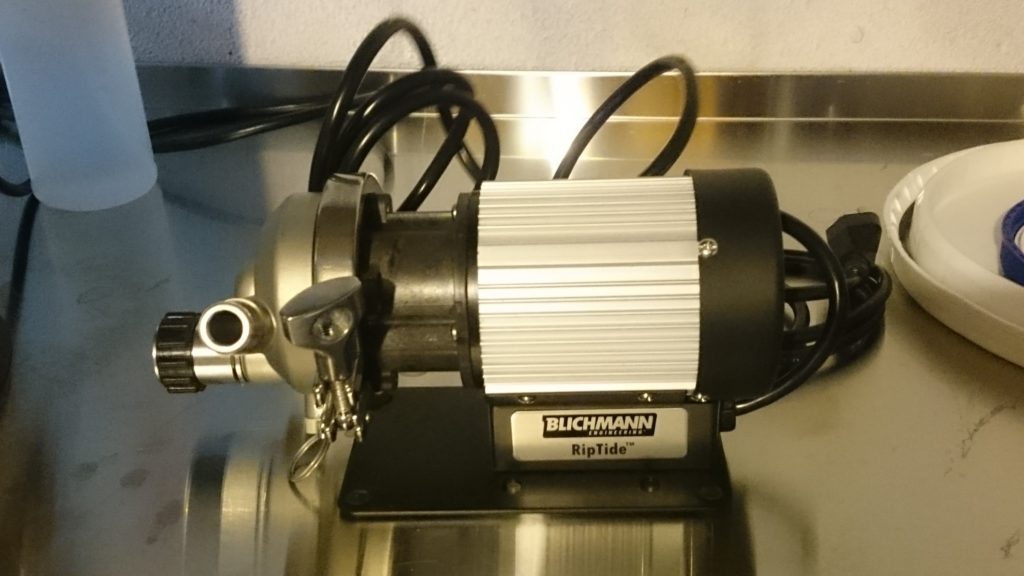







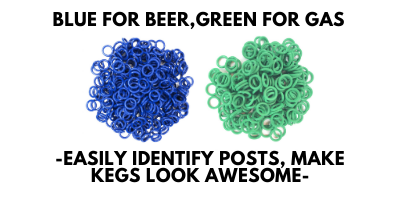


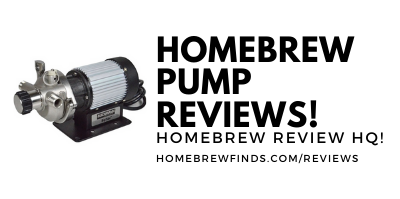



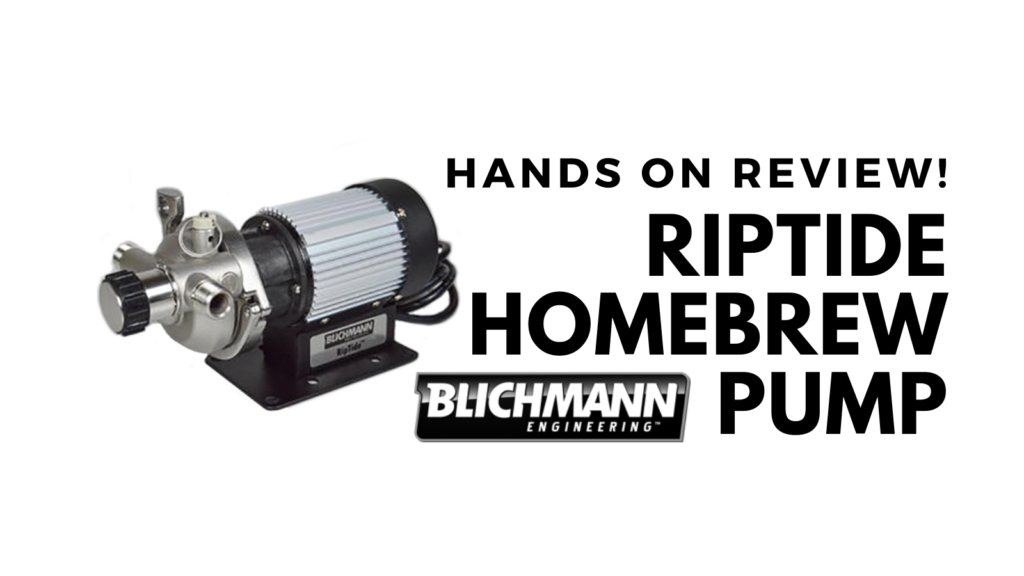
I have read reviews that this pump struggles with low flow rates (e.g. for mash recirc). Can anyone comment?
I ran this pump for mash recirculation with my Brewers Edge Mash & Boil (eBIAB without a pump) and I didn’t have any issues. I will say that there is a fairly steep transition around that “low flow” point. In other words, small amount of rotation of the RipTide linear flow control valve produces a large change in flow rate, but once you get past that transition point, the flow variation is fairly small. So I did have to pay attention to my adjustment to make sure I wasn’t too low or too high of a flow, but I didn’t think it was a big deal. Noticeable yes, big deal- no.
Brad, thanks for adding the Operation section!
Great article on the features of the Riptide bump, but how about some details on how it operates, in use. Specifically, can you provide your feedback on how this works as a re-circulation pump at boiling temperatures?